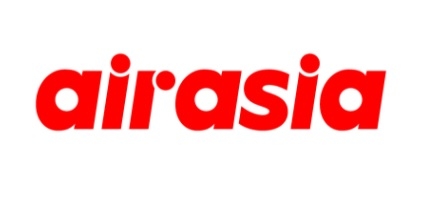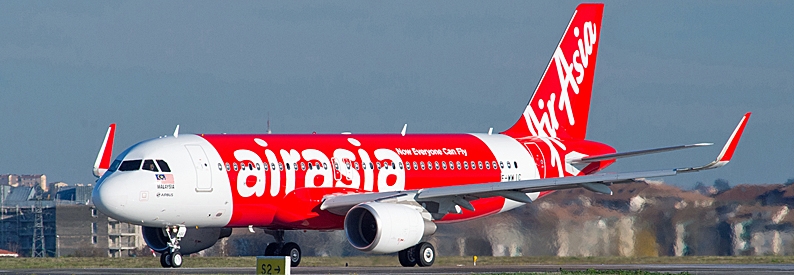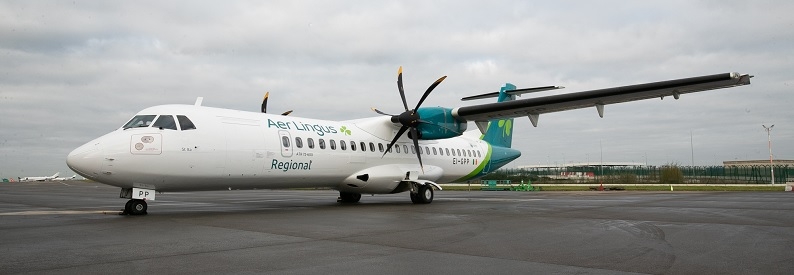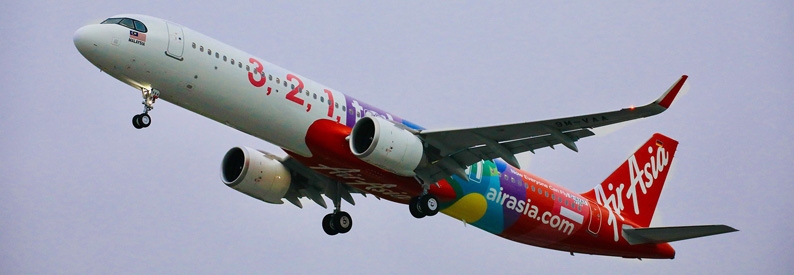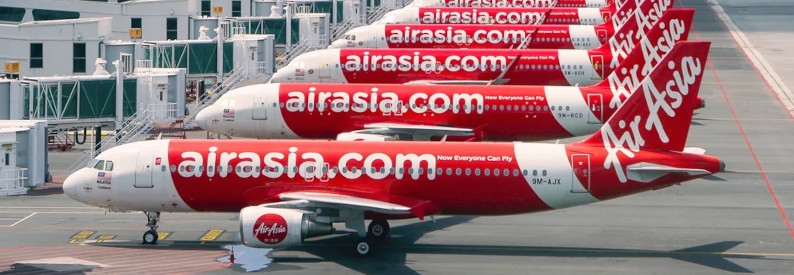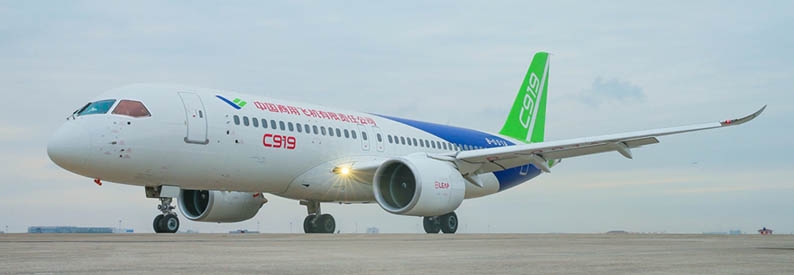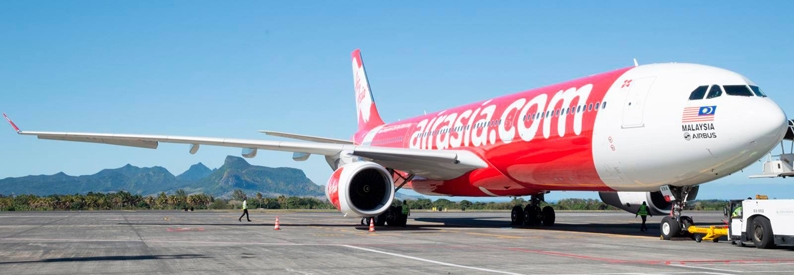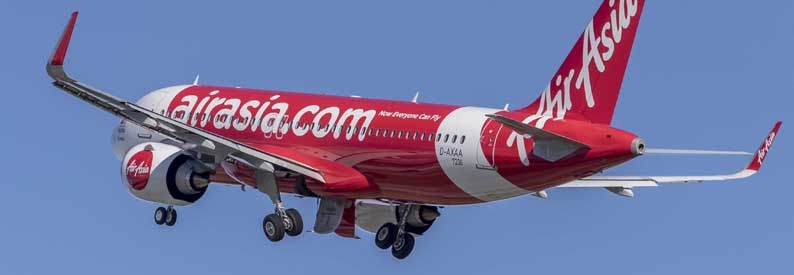Tony Fernandes, chief executive of AirAsia (AK, Kuala Lumpur International) parent Capital A, has told the Malaysian state news agency Bernama that talks to establish operations in Viet Nam are advancing, although no agreement has been finalised so far.
Fernandes' desire to launch an AOC in Viet Nam under the AirAsia brand, with initial attempts dating back as early as 2005, has long been an open secret. "As an ASEAN airline, it is only logical for us to be in one of the most promising countries in the region," he added.
"I can confirm that we are in discussions with a Vietnamese group, but nothing has been finalised as yet," he said, cautioning that talks are still in the early stages and that things are still fluid. He remains optimistic that AirAsia Vietnam could finally launch.
Fernandes disclosed that his team are in preliminary discussions for operations in Laos and Brunei, but the company does not currently have plans for Myanmar or Singapore. He said he had "always fought for" access to the latter market but has now "given up on that plan."
AirAsia has operations in multiple Southeast Asian countries, through joint ventures Indonesia AirAsia, Thai AirAsia, Philippines AirAsia, and, most recently, AirAsia Cambodia.
Regional jet order imminent
In a separate interview with travel publication Skift, Fernandes revealed that the airline was continuing negotiations to firm a regional jet order for around 100 jets, which is now a toss-up between the A220 and the E2.
A regional jet that seats 145-160 passengers would be ideal for AirAsia to set up a feeder network, inspired by regional jet operations in the United States, Fernandes said. The carrier does not currently operate aircraft in this size category.
"Having an aircraft with 240 seats doesn't allow me to do a lot of small destinations. My philosophy is about frequency, connecting point-to-point as much as possible, and building it into a hub," he told Skift.
However, he conceded that introducing another aircraft type would be a little more complex and costly for AirAsia, which has been operating an exclusively Airbus fleet since 2009.
"It's a big step forward for AirAsia because we've always dealt with one type of aircraft, but the connecting market is very profitable, and we're doing it naturally anyway. The biggest challenge is maintaining the cost structure with this added bit of complexity. I believe I can, and that's why we've taken [the process] so far forward," Fernandes said.
AirAsia recently committed to up to seventy A321-200NY(XLR) aircraft, which seat 240 passengers, allowing it to ply medium- to long-haul routes. It is now fast-pacing its regional jet acquisition to complete its growth plan.
- Type
- Base
- Aircraft
- Destinations
- Routes
- Daily Flights
